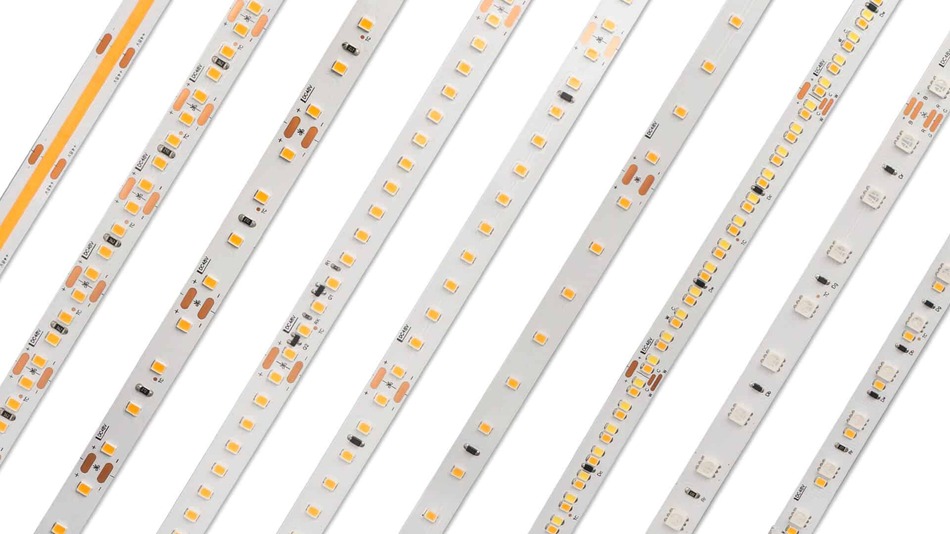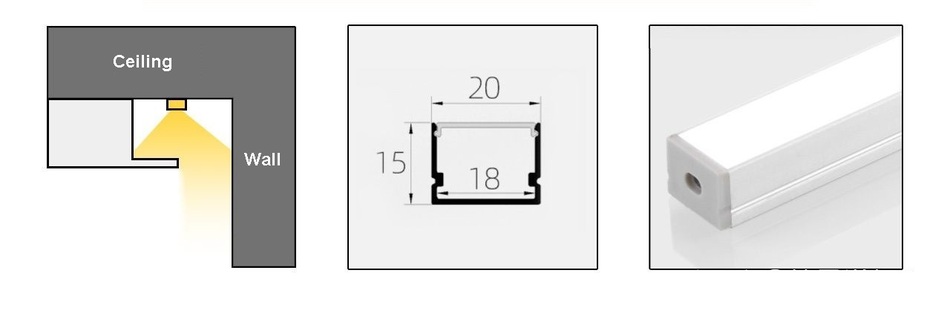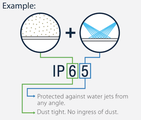10 creative ways to install LED strips on your ceiling

LED light strips are a versatile and energy-efficient lighting solution that can be used in a variety of settings, including ceilings. LED light strips are flexible, customizable, and easy to install, making them a popular choice for homeowners and designers looking to add ambient lighting to their living spaces.
In this article, we explore the benefits of using LED strips on your ceiling, the different types of LED strips available, and what to consider when choosing the right LED strips for your ceiling.
Types of LED strips for ceilings
There are several types of LED strips available for ceilings, including RGB LED strips, white LED strips, and bi-color LED strips. Here is a brief overview of each type:
A. RGB LED strip
RGB LED light strips are a popular choice for adding ambience and mood lighting to a room. They come in a variety of colors and can be controlled remotely, allowing users to change the color and intensity of the light to their liking. RGB LED light strips are perfect for creating a relaxing atmosphere in bedrooms, home theaters, and other areas that require low-level lighting.
B. White LED light strip
White LED strip lights are a practical option for providing bright, functional lighting in kitchens, bathrooms and other areas that require task lighting. They come in different color temperatures, from warm white (2700K) to cool white (6500K), and can be dimmed to create a cozy and welcoming atmosphere.
C. Bi-color LED light strip
Bi-color LED light strips are a versatile option that allow users to switch between warm and cool white light, as well as dim the lights to create different moods. They are ideal for areas that require task lighting and ambient lighting, such as living rooms and home offices.

Choose the right LED strip for your ceiling
When choosing LED strips for your ceiling, there are several factors to consider, including the length of the LED strip, brightness and color temperature, dimming and control options, and waterproofing and durability. Here's a closer look at each factor:
A. Length of LED strip
One of the most important factors to consider when choosing LED strips for your ceiling is the length of the strip. The length will depend on the size of the ceiling and the required coverage area. It is necessary to measure the length of the ceiling and select strips that match that length or can be easily cut to fit.
It is important to note that the longer the LED strip, the more power it will require. Therefore, it is important to choose a light strip that matches the power output capacity to avoid overloading and damaging the light strip.
B. Brightness and color temperature
The brightness and color temperature of LED strips are important factors to consider when choosing the right light for your ceiling. The brightness of an LED strip is measured in lumens per meter and the color temperature is measured in Kelvin.
The brightness of the LED strip should be appropriate for the intended use, whether it is for ambient lighting or task lighting. Task lighting may require bright strips, while dimmer strips may be better suited for mood lighting.
The color temperature of the LED strip should also be considered based on its intended use. Warmer color temperatures (between 2700K and 3000K) are ideal for creating a cozy and welcoming atmosphere in living spaces. In contrast, cooler color temperatures (between 4000K and 6500K) are better suited for task lighting in kitchens and bathrooms.
C. Dimming and control options
Dimming and control options for LED light strips are critical to creating the desired ambience and functionality. Some LED light strips come with built-in dimming capabilities, while others require an external dimmer switch or controller.
Some LED light strips also offer remote control options, allowing users to adjust the brightness and color of the lighting from a distance. Smart home systems can also be used to control LED light strips, offering more advanced features such as voice control and scheduling.
D. Waterproof and durable
Ceiling-mounted LED strips can be exposed to moisture, dust, and other elements that can damage the lights over time. Therefore, choosing waterproof and durable LED light strips is essential.
Look for LED light strips with an IP65 or higher rating, indicating they are waterproof and suitable for use in wet areas such as bathrooms and kitchens. Additionally, it is essential to choose high-quality LED strips with long service life and warranty to ensure their durability and longevity.
Installation of LED ceiling light strips
LED strips for ceilings can be installed in a variety of ways, depending on the type of ceiling and the desired result. Here's a step-by-step guide to installing LED strips on a flat ceiling

A. Required Tools and Materials
LED light strip
power supply
Tape or mounting clips
wire connector
Soldering iron (optional)
Scissors or wire cutters
B. Preparation and Planning
Measure the length of the ceiling and the required coverage area.
Choose the right length and type of LED strip light.
Choose a power supply that matches the output capacity of the LED light strip.
Plan the installation pattern, such as straight or curved.
C. Step-by-step installation process
Clean the ceiling surface and make sure it is dry.
Use scissors or wire cutters to cut the LED strip to the desired length.
Attach tape or mounting clips to the back of the LED strip.
Peel off the adhesive backing and stick the LED strip to the ceiling.
Use a wire connector or a soldering iron to connect the LED strip to the power source.
Turn on the power to test the LED strip.
10 Ways to Install Ceiling Light Strips
1. U-shaped led line light facing downwards
Features: Large amount of light

2. U-shaped LED line light, side light
Features: Medium light output

3. U-shaped LED line light, with the luminous side facing upwards
Features: small light output

4. Use L-shaped LED linear lights, facing down
Features: large amount of light, uniform transition

5. Facing L-shaped LED linear lights (not commonly used)
Features: Small amount of light emitted, but brighter than flat surface
6. U-shaped LED line light or corner LED line light, facing down in the wall
Features: Narrow light outlet, strong outline

7. Corner LED line light: side hanger outside facing up
Features: No need for slotting for side hanging

8. Finished light return trough: wall facing down
Features: The light outlet is narrower and more refined than conventional light troughs

9. Finished light back groove: the middle of the ceiling is facing down (not commonly used)
Features: Can be used as a light trough in areas off the ceiling
10. Facade return light trough: wall facing up
Features: Creates high levels of ambient light where there is no ceiling

in conclusion
LED light strips are an excellent choice for ceiling lighting due to their versatility, energy efficiency, and low maintenance. When choosing the right LED light strips for your ceiling, it's important to consider factors such as length, brightness, color temperature, dimming and control options, waterproofing, and durability.
10 creative ways to install LED strip lights on the ceiling to ensure their longevity and efficiency, providing a beautiful and practical lighting solution for your ceiling





